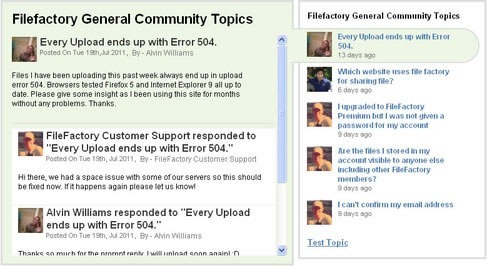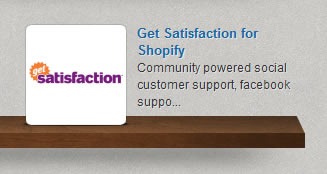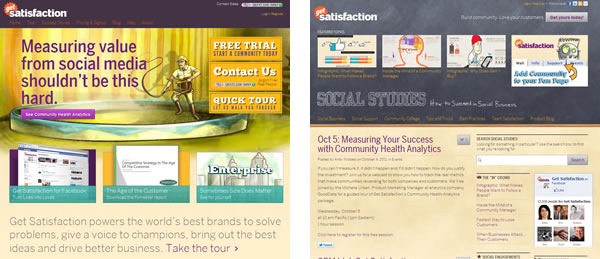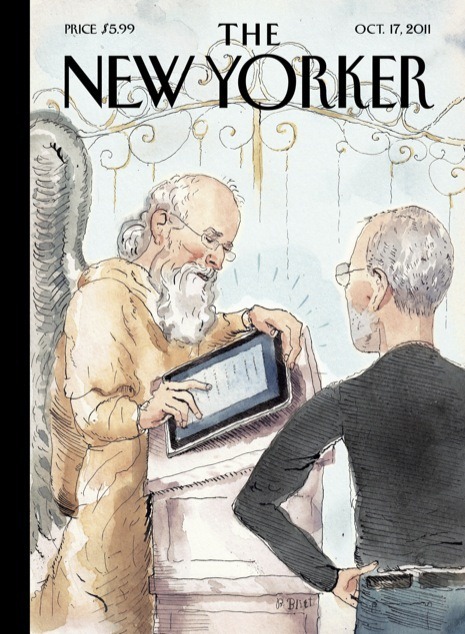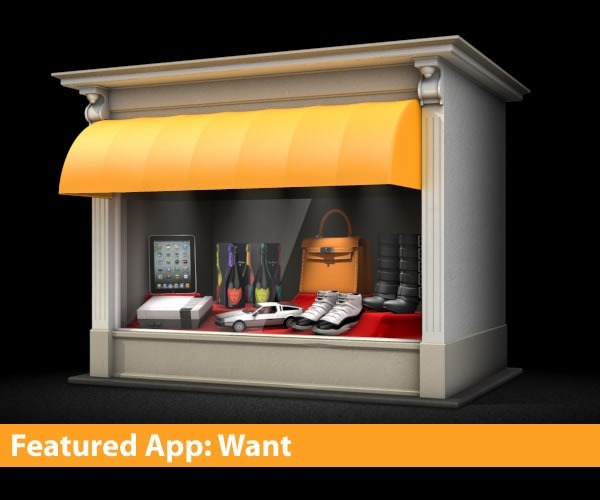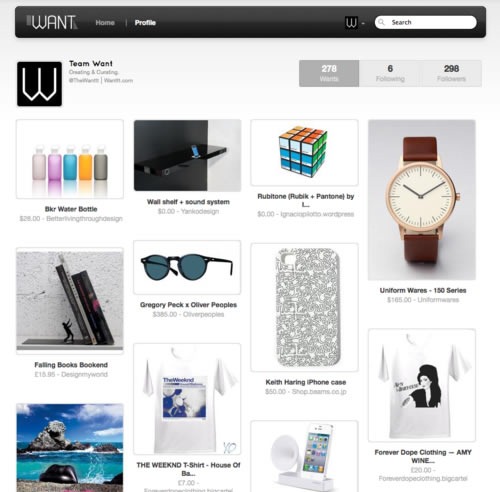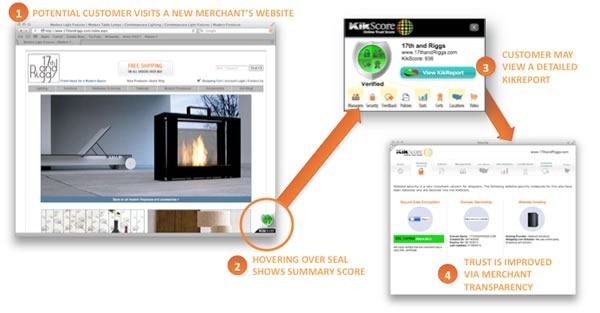 It may seem a bit early to talk about the ConFoo conference, the Montreal-based “Web Techno Conference” taking place from February 29th through March 2nd, 2012, but time flies in our line of work, so I might as well blog about it now.
It may seem a bit early to talk about the ConFoo conference, the Montreal-based “Web Techno Conference” taking place from February 29th through March 2nd, 2012, but time flies in our line of work, so I might as well blog about it now.
Yann Larrivee, one of the bright lights in Montreal’s very active open source developer community and one of the people behind ConFoo, asked me if I would represent both Shopify and its mainstay programming language, Ruby, by submitting a couple of presentation proposals. I wrote up two, and both got accepted!
Ruby as She is Spoke

The first is Ruby as She is Spoke. This session gets its title from the unintentional comedy classic English as She is Spoke, a book purported to have been written by a Portuguese author who spoke no English. He is said to have written it by translating a Portuguese-to-French phrasebook using an English-French dictionary. Hilarity ensued.
We might laugh at the approach used to write English as She is Spoke, but it’s not all that different from the approaches we use when we learn new languages, whether human or computer. We often bring constructs, idioms and turns of phrase that don’t apply to other languages; we also ignore the features of the languages we’re learning (especially if they don’t appear in our native languages) as well as the accepted (and often tacit) standards of those languages’ speakers.
Ruby as She is Spoke is all about learning to speak Ruby like a native. I’ll cover speaking Ruby in a way that’s accepted by the Ruby community at large, tried-and-tested by some of the most prolific and productive Ruby developers (including those at Shopify) and that makes best use of the many features in the language.
As always, this session will be delivered in my legendary style. You will not be bored, and you just might learn something!
Mo’ Money, Less Problems with ActiveMerchant

The second is Mo’ Money, Less Problems with ActiveMerchant. Yes, I know that the grammatically correct phrase is “Mo’ Money, Fewer Problems”, but to a native English speaker steeped in pop culture vernacular, “Mo’ Money, Less Problems” just sounds better.
This one’s about ActiveMerchant, the de facto Ruby standard for handling payments and a Shopify creation. So while I didn’t write it, I’ve got direct access to the people who did, and who also maintain it and use it to pay the rent (as you may have guessed, we use ActiveMerchant inside Shopify). This session’s going to be driven by examples aplenty, from the payment equivalent of “Hello World” to a full Rails-based shopping cart. I’ll also talk about the payment processing industry, its standards and what to look out for – you can’t be too careful when handling money.
Once again, this session will be delivered with my notorious presentation-fu. You’ll laugh and learn how to get rich!
Come to ConFoo!
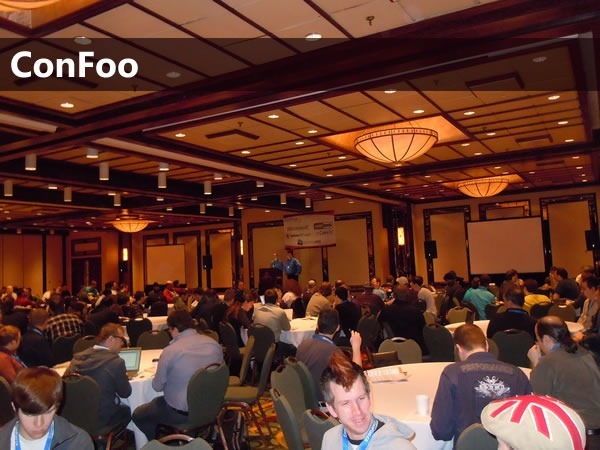
As I said earlier, ConFoo takes place in Montreal from Wednesday, February 29th through Friday, March 2nd, 2012. The venue is the Hilton Bonaventure Hotel, right above Place Bonaventure, and next door to the Queen Elizabeth and the train station, a stone’s throw from a lot of the fun stuff in Montreal. I recommend “padding” your trip by attending the conference and staying for the weekend; even during the coldest time of the year, Montreal is lots of fun!
ConFoo’s 160 sessions cover a wide range of topics:
- Accessibility
- Cloud computing
- CMS
- Data persistence
- Dev tools
- Fron end
- Java
- JavaScript
- Mobile
- .NET
- PHP
- Project management / Agile
- Python
- Ruby
- Scaling / Performance
- Security
- Social networking
- Startups
- System administration
- Testing / QA
- Web services
I’ve been to ConFoo before and can say that the speakers and crowd are great, and that it’s both a fun and informative event. Registration is open; until January 13, 2012, you can save 25% and get in for the CAD$600 early bird fee. After that, if you’d rather not do the math, it’s CAD$800.
This article also appears in the Shopify Technology Blog.



